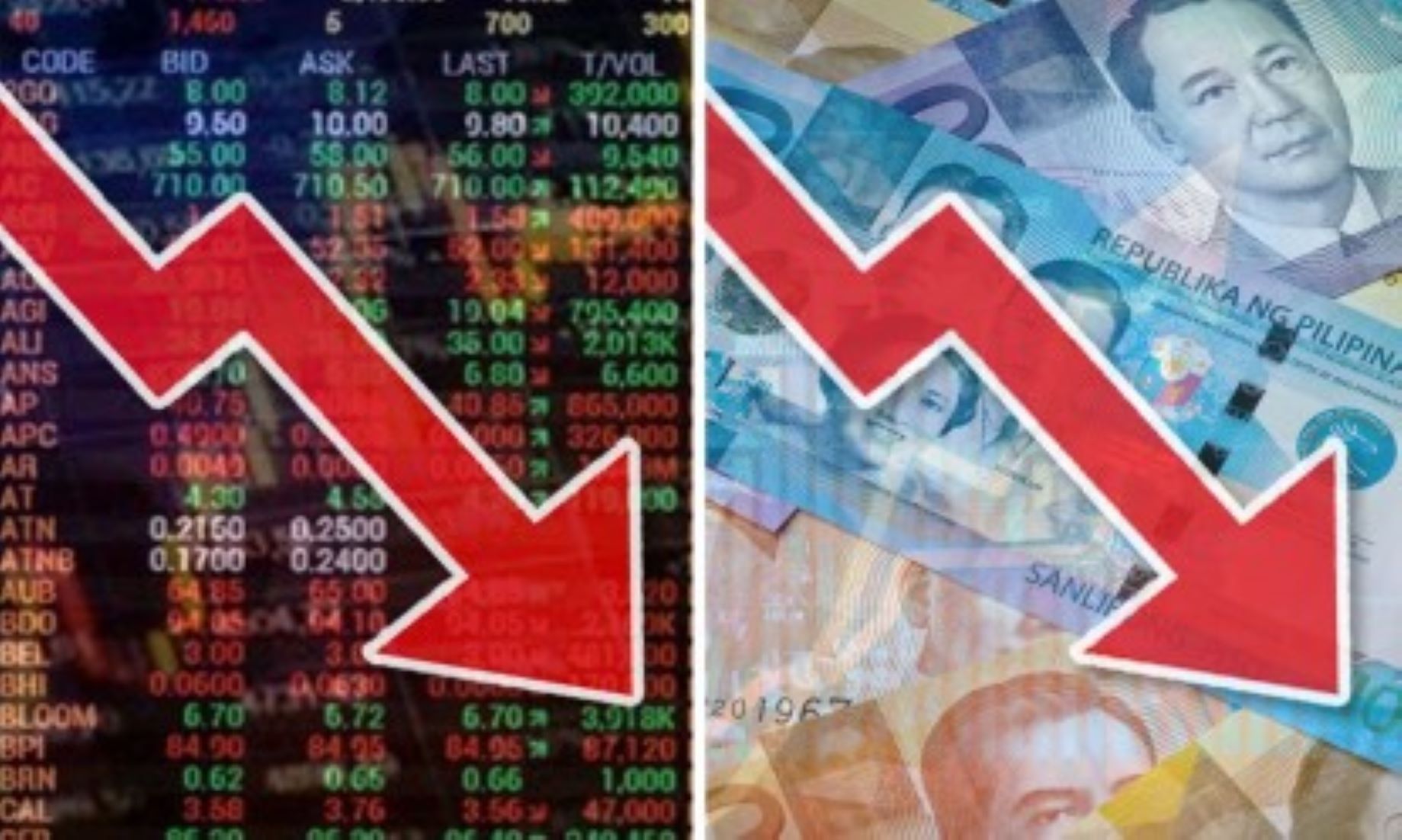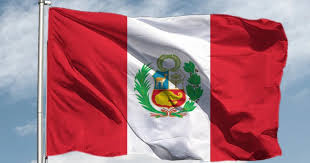MANILA, Sept 23 (NNN-PNA) – The Philippine currency, peso, continued to slide to record lows to the U.S. dollar, while the government’s economic managers downplayed the continued depreciation, saying, the weak currency is favourable to the country.
Abdul Abiad, the Asian Development Bank (ADB), Macroeconomic Research Division director, said that, the peso’s weakness was “not at the extreme end.” Compared with its peers in the region, the peso “is actually very much close to the average for the region,” Abiad said.
According to data from the Bankers Association of the Philippines, the Philippine peso plunged to a new record low against the U.S. dollar, closing at 58.49 pesos yesterday, the ninth time the Philippine currency fell to an all-time low, depreciating by over 13 percent.
In a Senate hearing last week, Philippine Finance Secretary, Benjamin Diokno, said, the weak peso benefits the country’s economy, as dollar-earning exporters and families of overseas Filipino workers, who send cash remittances get more value for their bucks.
Personal remittances remain a major source of the country’s foreign exchange inflows. In 2021, remittances from overseas Filipino workers rose by 5.1 percent, reaching 34.88 billion dollars, or 8.9 percent of gross domestic product.
Socioeconomic Planning Secretary, Arsenio Balisacan, earlier said, the peso depreciation will make Philippine exports more competitive, adding, other domestic industries that are not necessarily export-oriented, can also benefit from the weakening of the local currency.
“As long as the depreciation is not sharp, the overall net effect of this development is still positive for the economy, especially for our workers,” Balisacan said.
However, during his first State of the Nation Address in July, Philippine President, Ferdinand Romualdez Marcos, declared a set of ambitious objectives on economy, including a stable peso, averaging between 51 and 53 pesos to one U.S. dollar in 2022, and 51 to 55 pesos from 2023 onwards.
Some experts expressed their concern about a continuing depreciation of the peso, due to the “aggressive” monetary policy by the U.S. Federal Reserve.
“The depreciation in the Philippine peso reflects not so much weakness in the peso, but the strength of the dollar. And so it’s really again driven by the U.S. Fed tightening,” Abiad said.
Abiad said, the peso’s depreciation will depend on the U.S. Fed actions, warning its potential rate hiking might “continue putting pressure on currencies in our region to depreciate, including on the Philippine peso.”
Royce Aguilar, First Metro Securities’ equity research deputy head for retail, said, looking at the phase of the Fed raising rates, it would “definitely” be possible that the peso could reach another record low.– NNN-PNA





